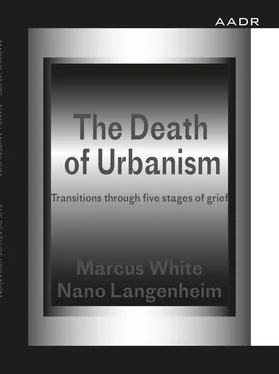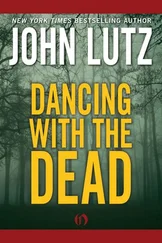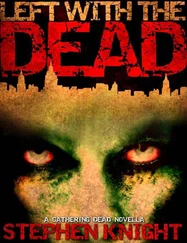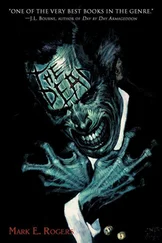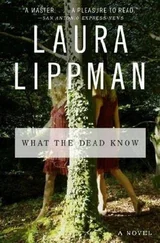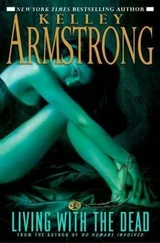The Death
of Urbanism
Transitions through five stages of grief
Marcus White
Nano Langenheim
Contents
On death and dying urbanism
First stage: Denial ‘this can’t really be happening’
Second stage: Anger ‘it’s not fair… why me?’
Third stage: Bargaining ‘a vain hope that the bad news is reversible’
Fourth stage: Depression ‘I’m so sad, why bother?’
Fifth stage: Acceptance ‘make the most of the time left’
Hope
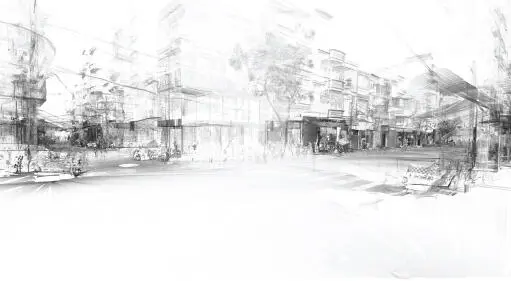
Figure 1: ‘Great Guitar Street in 3D! – perspective view’, detailed 3D streetscape point-cloud of Nguyễn Thiện Thuật, Phường 2, Quận 3, Hồ Chí Minh, Vietnam, 2019. HCMC produces 1/100th the CO2 per capita of Atlanta (Kenworthy 2003).
Preface
In this book we examine key historical city design approaches and ‘procedures’, along with recent urban design paradigms and some of their pitfalls. We conclude with more optimistic suggestions for advancing design responses for more equitable, healthy, sustainable and beautiful future cities. We balance this serious urban design research with a little dry and slightly black humour to help us light the way as we work through some dark and challenging, but critical urban issues.
The book is written for students and practitioners in architecture and urban design and related disciplines, as well as academics and non-academics with a keen interest in the built environment and the future of cities.
We would like to acknowledge the help of Tianyi Yang for her tireless contributions to image sourcing and production; Professor Mark Burry for his ongoing encouragement; Francis and Aster, for their sympathetic understanding whilst enduring ‘half-parenting’ for the past few months, who instead of acting out, put their energies into reading, practicing complex origami and creating truly spectacular craft projects, and finally, the AARD Curatorial Editor, Professor Rochus Urban Hinkel, who has been incredibly supportive of the authors.
Both authors have recently experienced the death of close family members. We have ourselves both gone through the various stages of grief. We have found the researching and writing of this book therapeutic and have both come to understand the importance of maintaining both hope and humour through difficult times – be they due to the loss of a loved one, the declining quality of the built environment, or the fears associated with bringing children into a pretty scary world where our politicians march towards the far right, and after decades of corruption, greed, and complacent inaction, climate change now threatens their future.
We would like to dedicate this book to the recently departed:
Mary Burke
and
Peter White
On death and dying
urbanism
Back in black
Why do architects wear black? Is it because they are trying to disguise sedentary life-styles, where black is used for its slimming properties just as they would use black to ‘paint out’ elements of buildings they wish were slimmer or weren’t there? Probably not. Though most architects may have ‘AutoCAD arms’, they do seem to come in all shapes and sizes, including those who are as slender as Sejima columns.
Is it because of the architect’s inner bogan *? Are architects secretly fans of heavy metal, the musical movement synonymous with wearing black, but due to a desire to maintain a professional appearance, are unable to proudly sport their favourite black band t-shirts? This may be true for some, (including the authors of this book) but the abysmal sales of our ‘Architecture – not just for wankers’ T-Shirt series would suggest otherwise [ Figure 2and Figure 3].
Is it because architects are all-powerful ‘urban puppeteers’ looming behind the scenes controlling the built environment and dictating people’s lives? Hardly. Quantity surveyors and traffic engineers now have far more control over shaping the built environment than any architect. If anything, the black clothing is more likely to represent mourning over a complete loss of control over the urban environment and the decline of cities. In Rem Koolhaas’s book with Bruce Mau, S, M, L, XL, he pronounced that “urbanism is dead” (1995) and that the uncontrollable generic city has taken over.
[…] The role of the architect in thisphenomenon (manipulation of the urbanlandscape) is almost negligible. The onlything architects can do from time to time isto create within those circumstances, moreor less masterful buildings (Koolhaas & Mau,1995).
Koolhaas describes the unfettered development within cities throughout the world with low-quality buildings designed in generic, non-descript architectural styles, built with little thought given to overall urban cohesion, connections, place, composition or much of anything other than to respond to market forces.
Cities are becoming or already have become manifestations of globalisation and ‘genericness’ like shopping malls or airports. In almost every international airport, one can either stare out onto the desolate expanse of tarmac covered in fossil fuel-guzzling vehicles, just like the endlessly sprawling car-dominated landscapes of the suburbs, or wade through the anonymous no-placeness of the airport shopping mall with its H&M, Zara, and Gap, Duty-free perfume, cigarettes and liquor stores, Starbucks and Gloria Jean’s coffee shops, Subway and McDonalds fast-food restaurants. If not paying attention to subtle differences, it is difficult to discern where you are in the world. If not for the receipt from the over-priced burger you just ordered saying AUD and that the Burger King logo subtly swapped out for Hungry Jacks †, it would be very easy to believe yourself to be anywhere, Mexico, Brazil, Hong Kong, Germany or North America.

Figure 2: ‘ArchitectyA : None More Black’ from the ‘Architecture – not just for wankers’ T-Shirt series shows what architects are wearing on the inside, a modified Metallica t-shirt from the ‘Black Album’ (1991) replacing Hetfield, Ulrich, Hammett and Newsted with Hadid, Gehry, Koolhaas and Nouvel. www.zazzle.com.au/architectya
Figure 3: ‘ArchitectyA : Plaster of Muppets’ from the ‘Architecture – not just for wankers’ T-Shirt series, a modified Metallica from the ‘Master of Puppets’ album (1986) replacing field of military cross headstones with Le Corbusier’s 1964 Ville Radieuse cruciform towers (note master of puppets pulling strings replaced with collaged hands from the famous photo of Le Corbusier pointing to the physical model of said scheme).
Even older cities, once beyond the tightly controlled ‘historic quarter’ or old ‘down-town’ inner area, begin to blur into one another, with a scaled-up version of the airport’s retail, topped with monotonous curtain walled commercial office towers or tightly packed housing towers with façade articulated by balconies sized to fit split system air conditioner condenser units.
As you travel beyond the central business district, the denser urban form fades towards lower density, single-use zoned suburbia. Again, the repetitive urban fabric is almost indistinguishable to the non-discerning eye – are you in Altadena on the outskirts of Los Angeles? Are you in Rueil-Malmaison on the edge of Paris? Or Tarneit in Melbourne’s outer west? If you have ever travelled to Tarneit, it can be hard to not at least question the health of urbanism. For those readers who are not familiar with the term urbanism, it is both an abstract and concrete noun used to describe the conceptual and physical characteristics of a town or city. It is derived from urban which in turn comes from the Latin origin urbanus, from urbs ‘city’. Ildefons Cerdà coined the term urbanism in his 1867 manifesto Teoría General de la Urbanización [General Theory of Urbanization] (Rippon, 2005) referring to the focus of the work done by an urban designer, who in terms of scale, works somewhere between that of a regional planner and that of an architect.
Читать дальше
